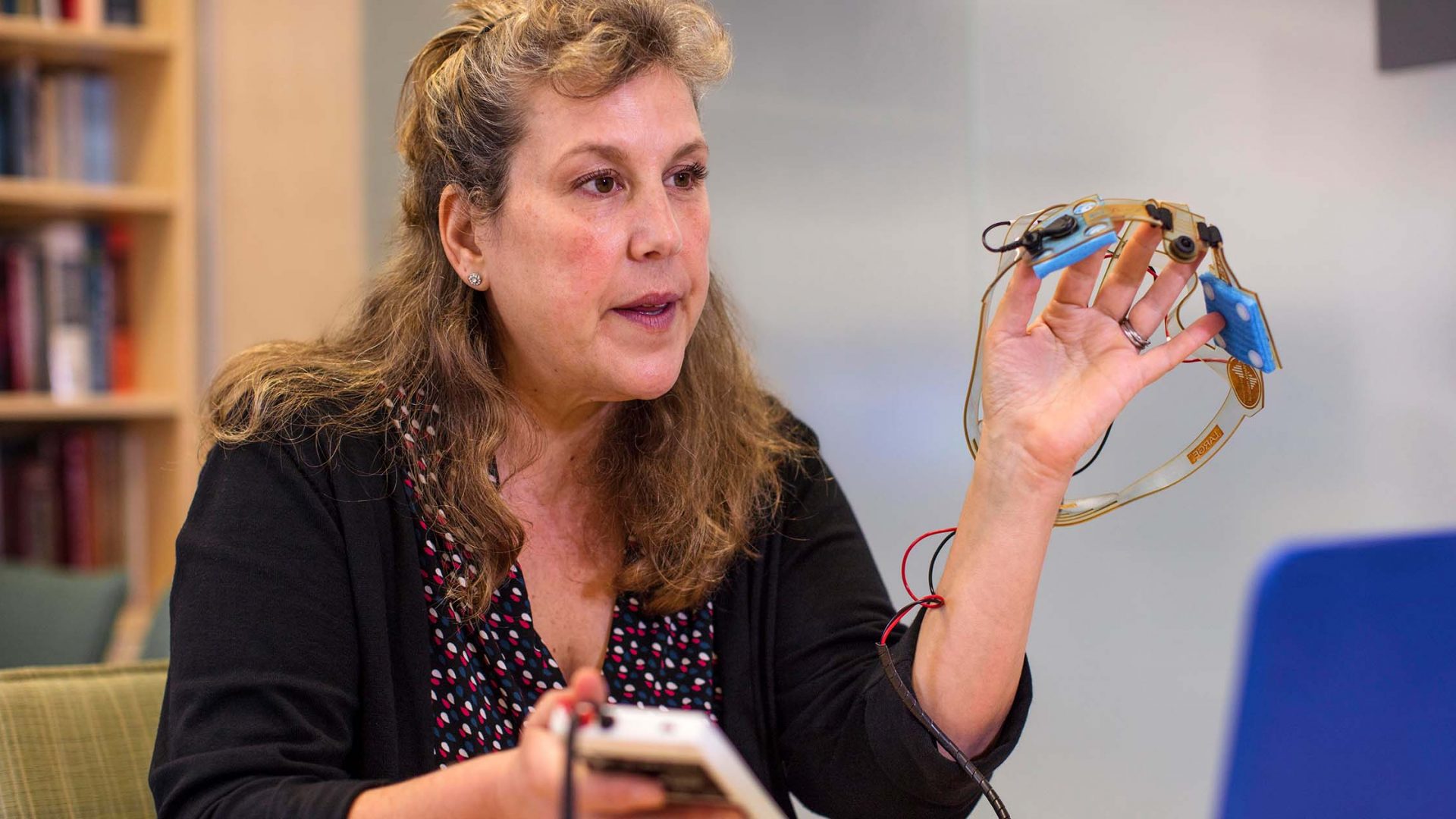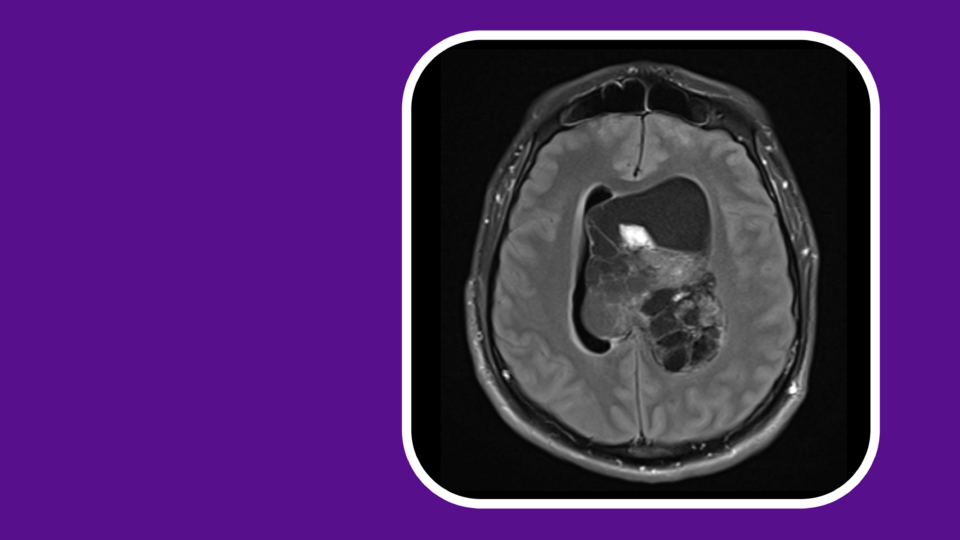Transcranial direct current stimulation (tDCS) is making steady inroads as an evidence-based therapy for the management of cognitive, motor, speech, and mood symptoms in patients with multiple sclerosis (MS). For the past eight years, Leigh E. Charvet, PhD, leader of tDCS research and clinical programs at NYU Langone Health, has been working with a team to develop a method of providing tDCS to MS patients remotely.
“Patients with MS often have difficulty accommodating daily visits to the clinic to receive treatment,” says Dr. Charvet, whose work has made NYU Langone Health a recognized leader in delivering tDCS for patients at home. “Our remote model is a groundbreaking opportunity to reach more of these individuals.”
“Patients with MS often have difficulty accommodating daily visits to the clinic to receive treatment. Our remote model is a groundbreaking opportunity to reach more of these individuals.”
Leigh E. Charvet, PhD
Pilot Studies Test Efficacy
As a non-invasive brain stimulation technique, tDCS applies mild direct currents to enhance or diminish neuronal excitability.
“We have created a highly rigorous research protocol enabling home use of tDCS, which can be paired with cognitive or motor training to increase benefit,” says Charvet. The research team recently completed two large pivotal trials evaluating the home-based use of tDCS in MS.
The first trial enrolled 120 patients with MS to investigate the benefit of tDCS paired with cognitive training to reduce fatigue and improve cognitive functioning. The second trial enrolled 66 patients with MS to evaluate the benefit of tDCS paired with hand exercises to improve upper extremity motor functioning. Results from both studies are expected in the coming months.
Additional, ongoing trials are investigating the use of home-based participation to further study the benefits of tDCS for patients with MS, as well as to evaluate its use in other conditions including clinical depression.
Benefits of Additive Physical Therapy
One current study, co-led by Dr. Charvet and postdoctoral fellow Giuseppina Pilloni, PhD, is evaluating home-based treatment of tDCS paired with a physical activity program to improve walking and functional mobility in patients with MS. Study participants are randomly assigned to an active or sham (placebo) tDCS combined with aerobic exercise using a seated pedal exerciser.
Through the virtual program, participants can participate in the study from any location in the United States.
“In theory, the repeated tDCS treatments can induce long-term potentiation phenomena, causing specific changes in synaptic efficacy of the targeted brain region, and promoting synergistic effects when paired with a training activity in patients with MS,” explains Charvet.
Pathway to Clinical Care
“While the tDCS is not currently approved by the US Food and Drug Administration, we are hopeful that this will change,” says Charvet. In the meantime, Charvet and her team have launched a clinical tDCS program to offer at-home treatment sessions as innovative care, under video supervision through the NYU Langone patient app. This service expands access to virtually monitored, at-home tDCS to patients at home no matter where they are located.
Dr. Charvet receives funding from the NIH (1R01NS112996-01A, R21NS101712-01), U.S. Department of Defense (W81XWH-17-1-0320), Department of Veterans Affairs (VA Healthcare GRANT13010404), and the National MS Society (RG-1803-30492). She is also a consultant for Johnson & Johnson, Ybrain, and Springer Healthcare.






